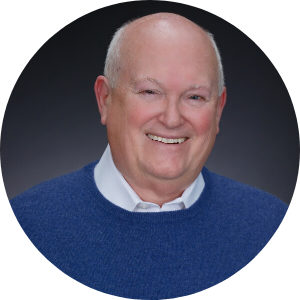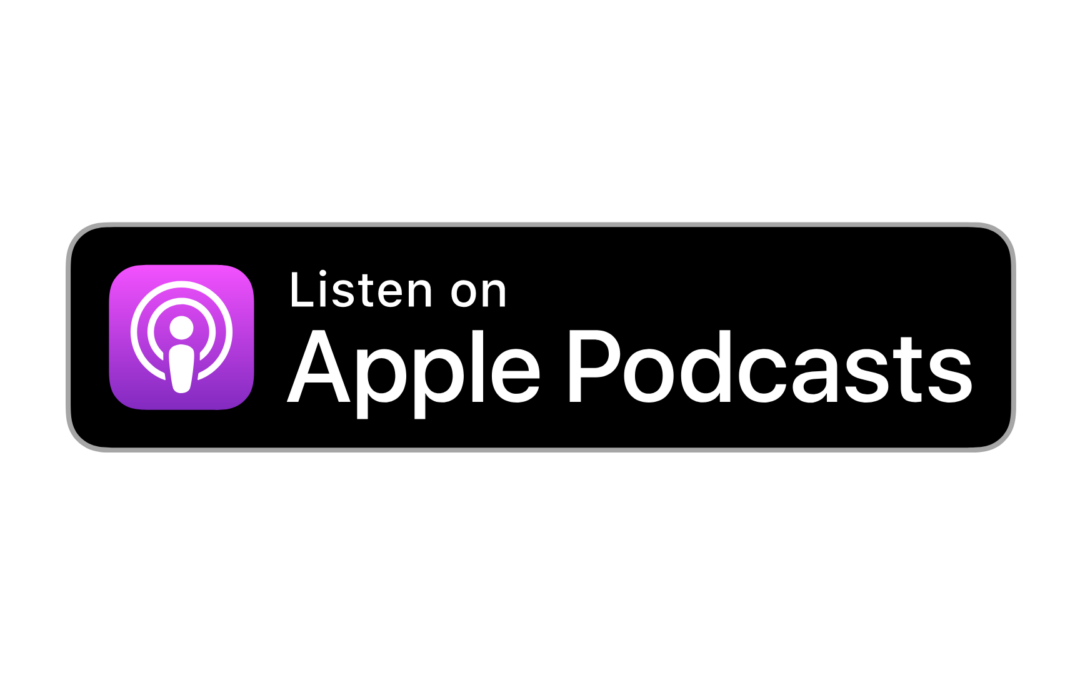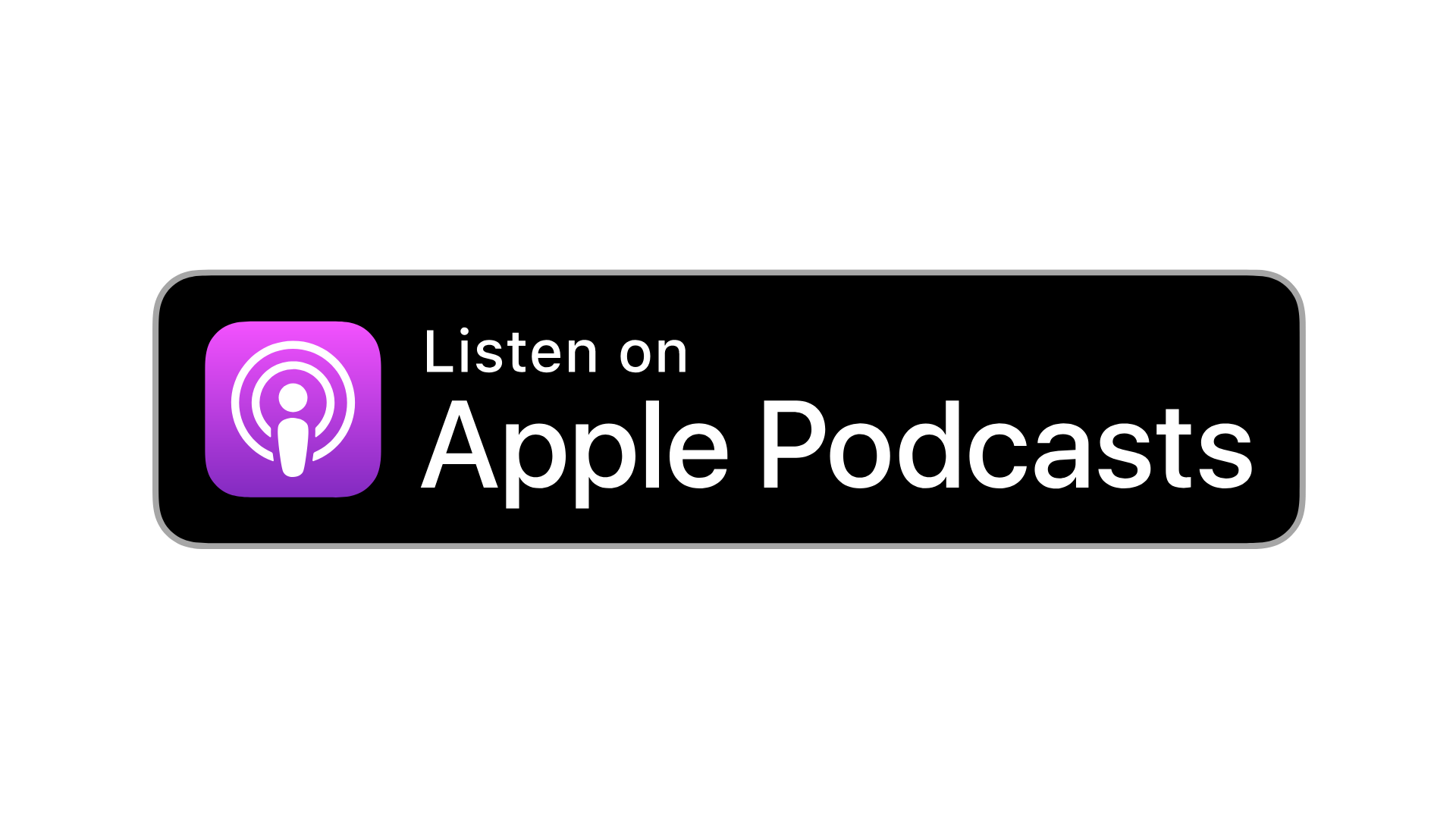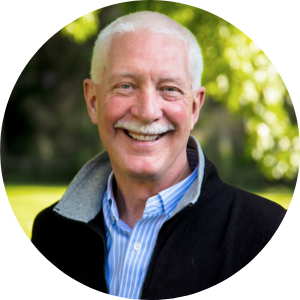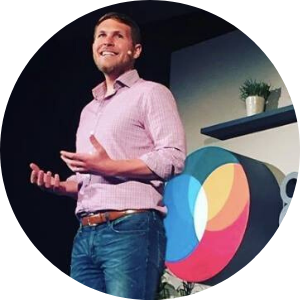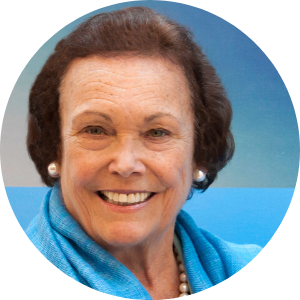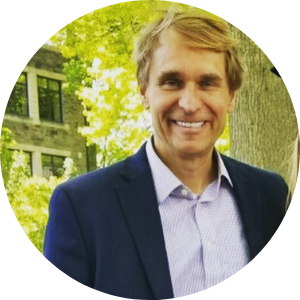
3 Vital Questions for Transformative Results: David Emerald Womeldorff
3 Vital Questions for Transformative Results: David Emerald
David has followed up his wildly popular and super sticky book, The Power of TED: The Empowerment Dynamic with 3 Vital Questions: Transforming Workplace Drama. When we answer these questions and re-orient our perspective, we become more resilient and more likely to create the results we desire.
Season 2 | Episode 13 | May 11, 2020
Show Notes
“All leadership really starts with self-leadership and the way that we lead our own lives has everything to do with the quality of leadership that we bring to our organizations, frankly our families, our communities, our school system, etc.”
David Emerald Womeldorff
Energy Follows Attention
We’re built for survival. Our default mode is to scan for danger and then react. If we want to create a wonderful life and build great places to work, then we have to move past problem-solving. We have to build habits that support designing futures rather than reacting to problems. David Emerald’s 3 Vital Questions takes our focus from a problem to an outcome orientation.
Highlights from the Interview
These excerpts have been edited for context.
[07:10] …The first vital question is, Where are you putting your focus? The subtext to that is, are you focusing on problems, or are you focusing on outcomes? What informs that question is an organizing framework that I call FISBE. FISBE is an acronym that stands for Focus, Inner State and BEhavior. The idea is that what we focus on engages some emotional response. That inner state that then drives our behavior.
[17:16] …Vital Question Two is, How are you relating? How are you relating to others? How are you relating to your experience? And how are you relating to yourself? Are you relating in ways that produce, or perpetuate drama? Or are you relating in ways that empower others and yourself to be more resourceful, resilient and innovative?
If our orientation is problem-focused, fear-based and reactive in nature, that creates the environment and the conditions for the Dreaded Drama Triangle, or DDT, which I’ll explain in more detail in just a moment. I also want to say that if we can consciously choose to operate as much as possible out of that Outcome Orientation, where we’re focused on what we care about, that our inner state is more passion-based and we’re taking creative action, that creates the conditions for a different set of relationship roles and dynamics that we call TED or The Empowerment Dynamic.
[31:29]: What actions are you taking? Are you merely reacting to the problems of the moment, or are you taking creative and generative action, including the solving of problems in service to outcomes? Dynamic tension informs the Third Vital Question.
[32:42]: The three basic steps of dynamic tension are first and foremost, focus on the outcome and to be as clear as we can on the outcome, that the outcome can sometimes be clear and concrete, other times it may be more vague and directional.
Then the second step is to step back and tell the truth about, what’s my current reality in relation to the outcome? That engages a tension between what we want and what we’re currently experiencing.
The third piece of dynamic tension is to then determine and take baby steps that move from our current reality toward our envisioned outcome. Baby steps to me are things that as an individual, or team, we can choose to do that tend to be short-term and in organizational terms. LeeAnn, it could be as simple as, ‘I need to have a conversation’, or ‘we need to go gather this information’. It’s just whenever the next little step is, that’s going to help us move toward and/or get clearer about the outcome.
More Links from this Episode
The Power of TED: The Empowerment Dynamic
3 Vital Questions:Transforming Workplace Drama
Stephen Karpman’s Drama Triangle
Robert Fritz: Structural Tension
After listening to the interview and reading the notes, I wonder what your takeaway is?
Thanks for tuning in!
LeeAnn
